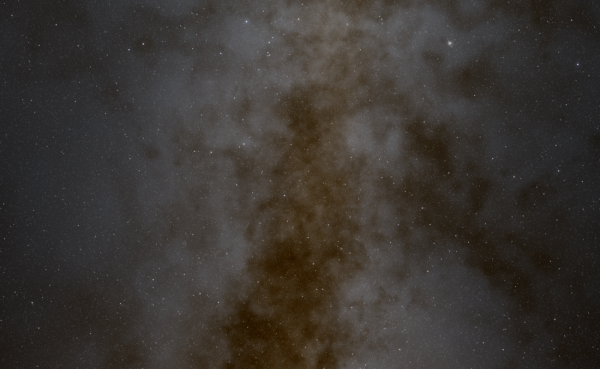BY LETTER
Interstellar Medium
 Image from Steve Bowers |
The interstellar medium is made up of a mixture of particles and elements in different combinations and sizes. Considering the constituent particles, from the largest to the smallest:
Interstellar Snowballs
Mostly ice-based interstellar particles larger than an interstellar grain. May range in size from several microns to Kuiper-size objects.Interstellar Dust
Particles of carbon, iron, and silicates coated with ice, making up about 1% of the mass of the interstellar medium. Each grain is about a micron in diameter. They are often associated with nebula and young stars. The average distance between dust grains is about 150 meters. A nuisance to starfaring vessels, because the impact at relativistic velocity tends to seriously erode their protective shielding, interstellar dust is highly prized by cloudharvesters and other hider phyles.Interstellar Grain
Microscopic solid grain in interstellar space; the component parts of interstellar dust.Interstellar Gas
Diffuse atoms or molecules of gas in interstellar space, making up about 99% of the interstellar medium. Depending on density, the number of atoms range from 0.1 to 1 atoms per cubic centimetre of normal space, with up to 1000 per cubic centimetre in gas clouds. About 75% is hydrogen, the remainder being helium, with traces of other elements.Interstellar Molecule
Molecule of gas in interstellar space. Often found in molecular clouds; the most common component of these clouds is molecular hydrogen (H2), but more complex compounds are found, including carbon monoxide, methanol, ethanol and benzene, also PAHs may be present (polycyclic aromatic hydrocarbons).Interstellar Atom
Individual atoms or ions drifting in interstellar space. Mostly hydrogen or helium, although heavier elements are occasionally encountered.Related Articles
- Cloudharvesters
- Interstellar Obscuration - Text by M. Alan Kazlev
Absorption of starlight by interstellar dust, causing distant objects to appear fainter. - Nebula
Appears in Topics
Development Notes
Text by M. Alan Kazlev
Initially published on 10 November 2001.
Initially published on 10 November 2001.






